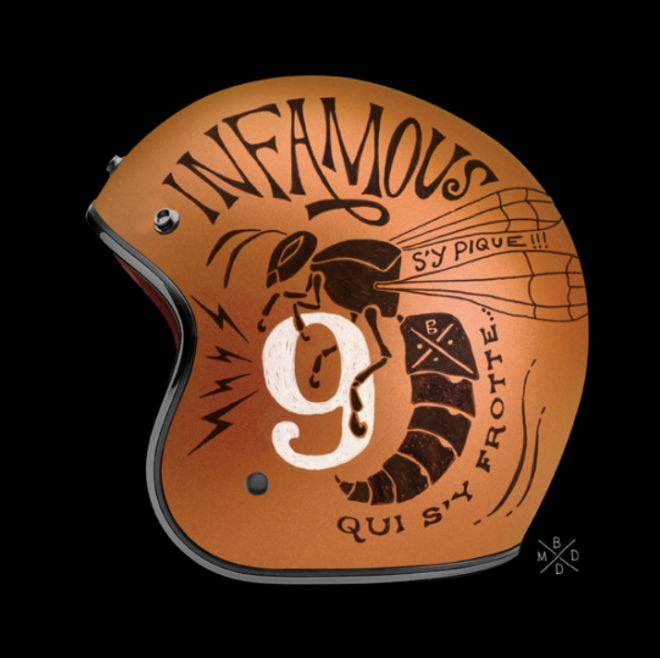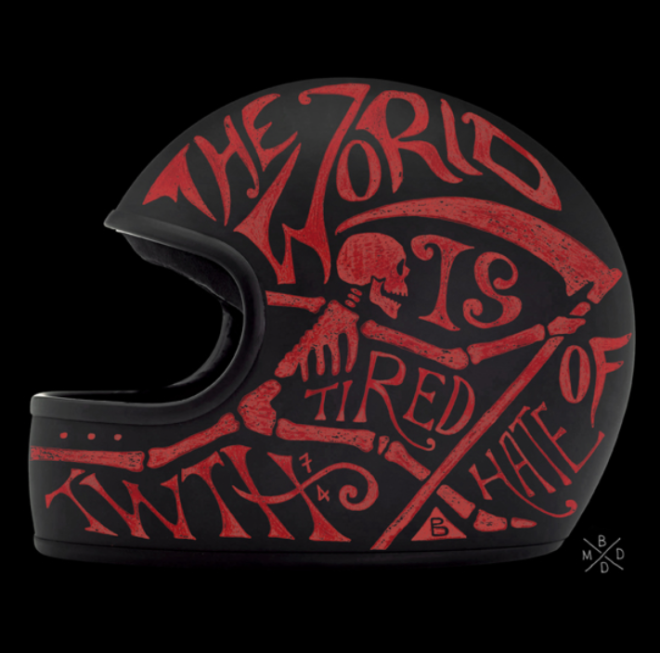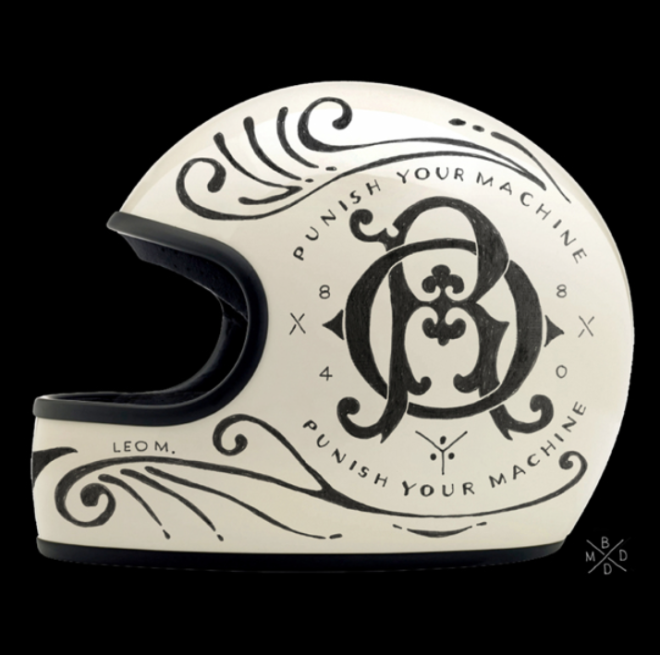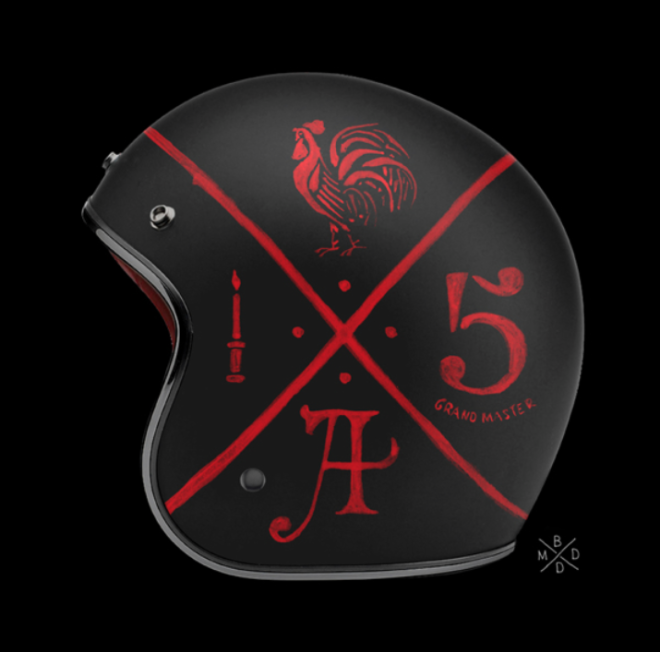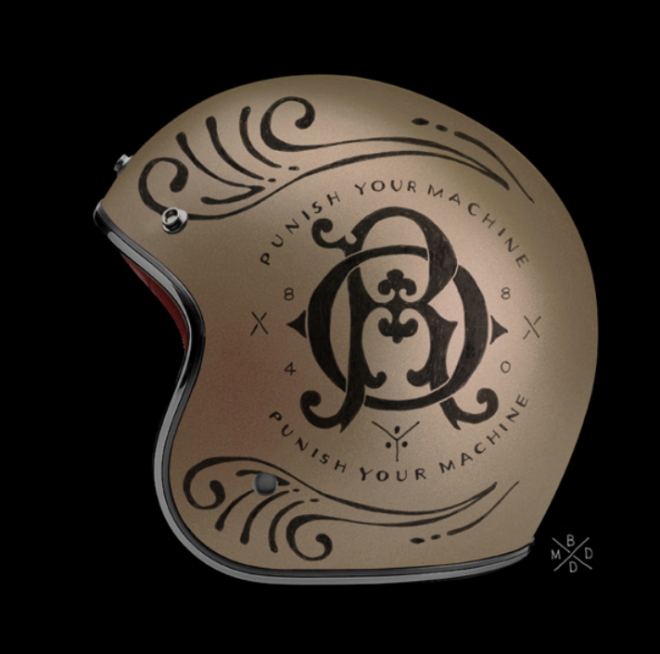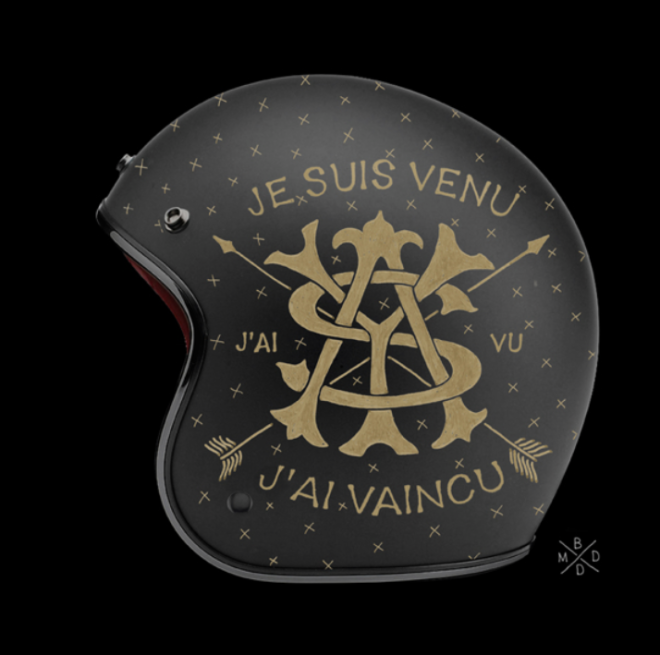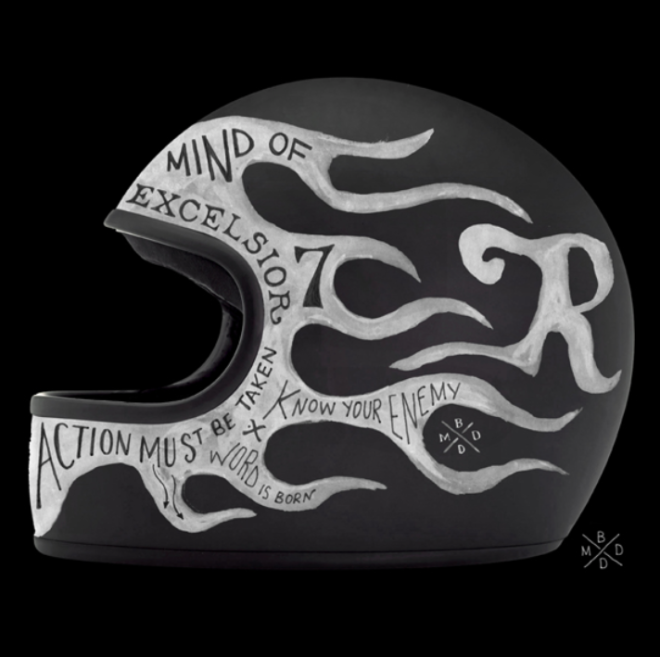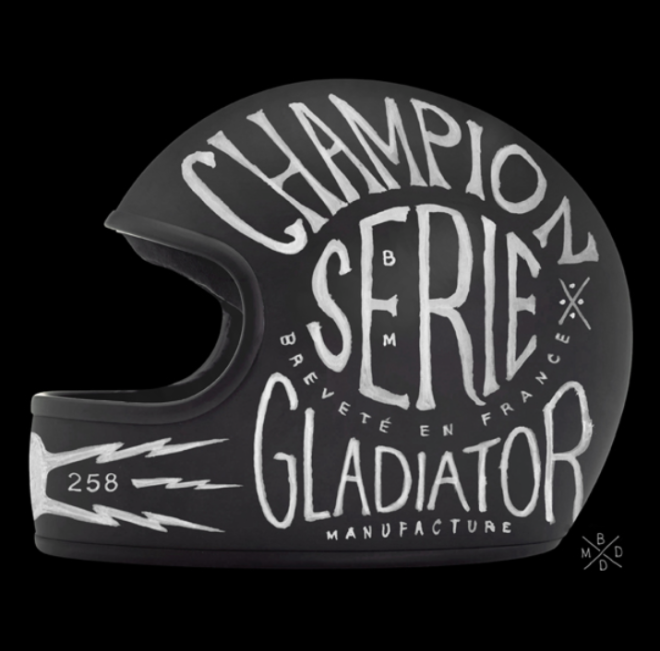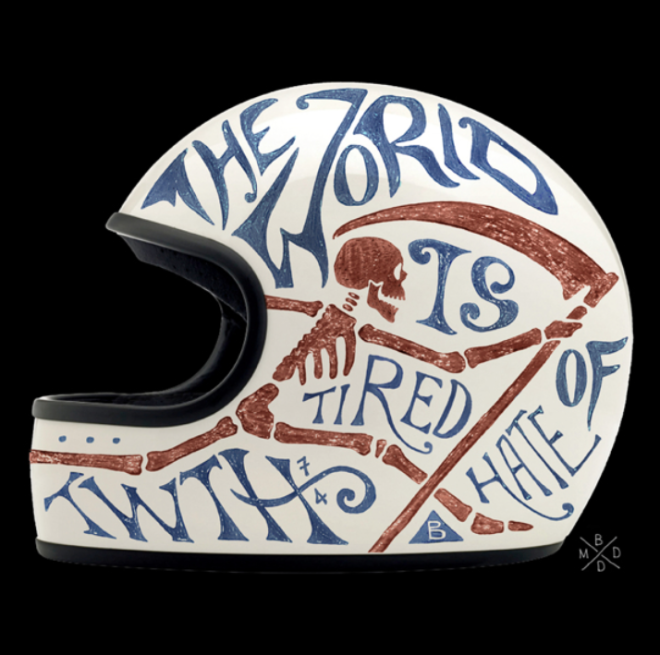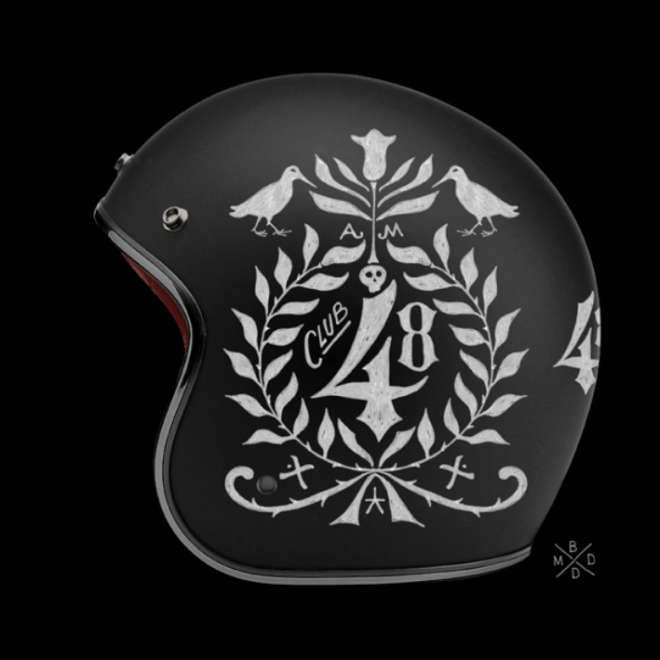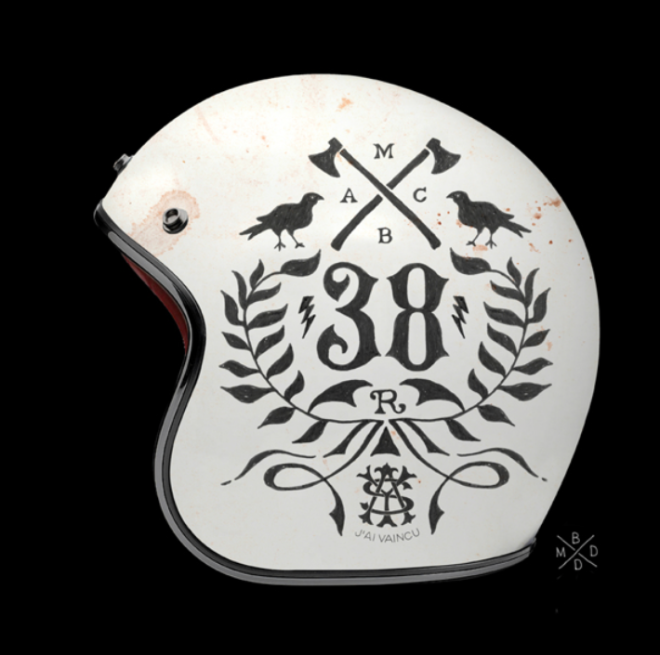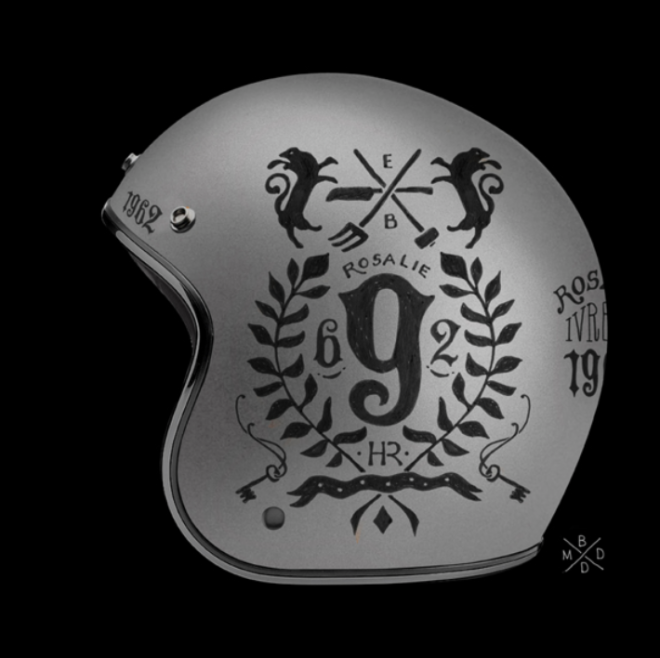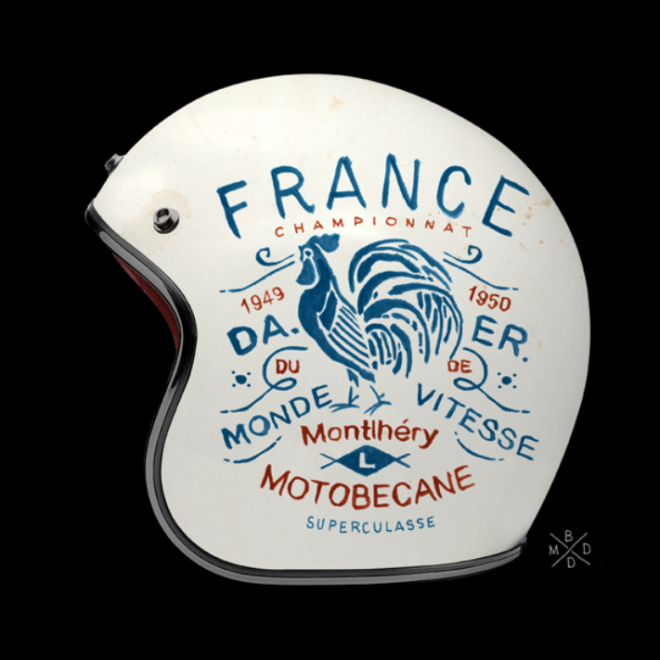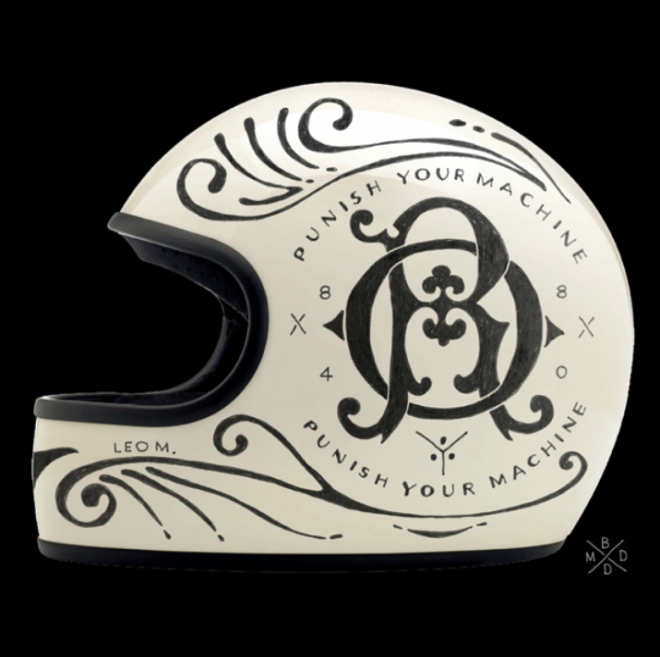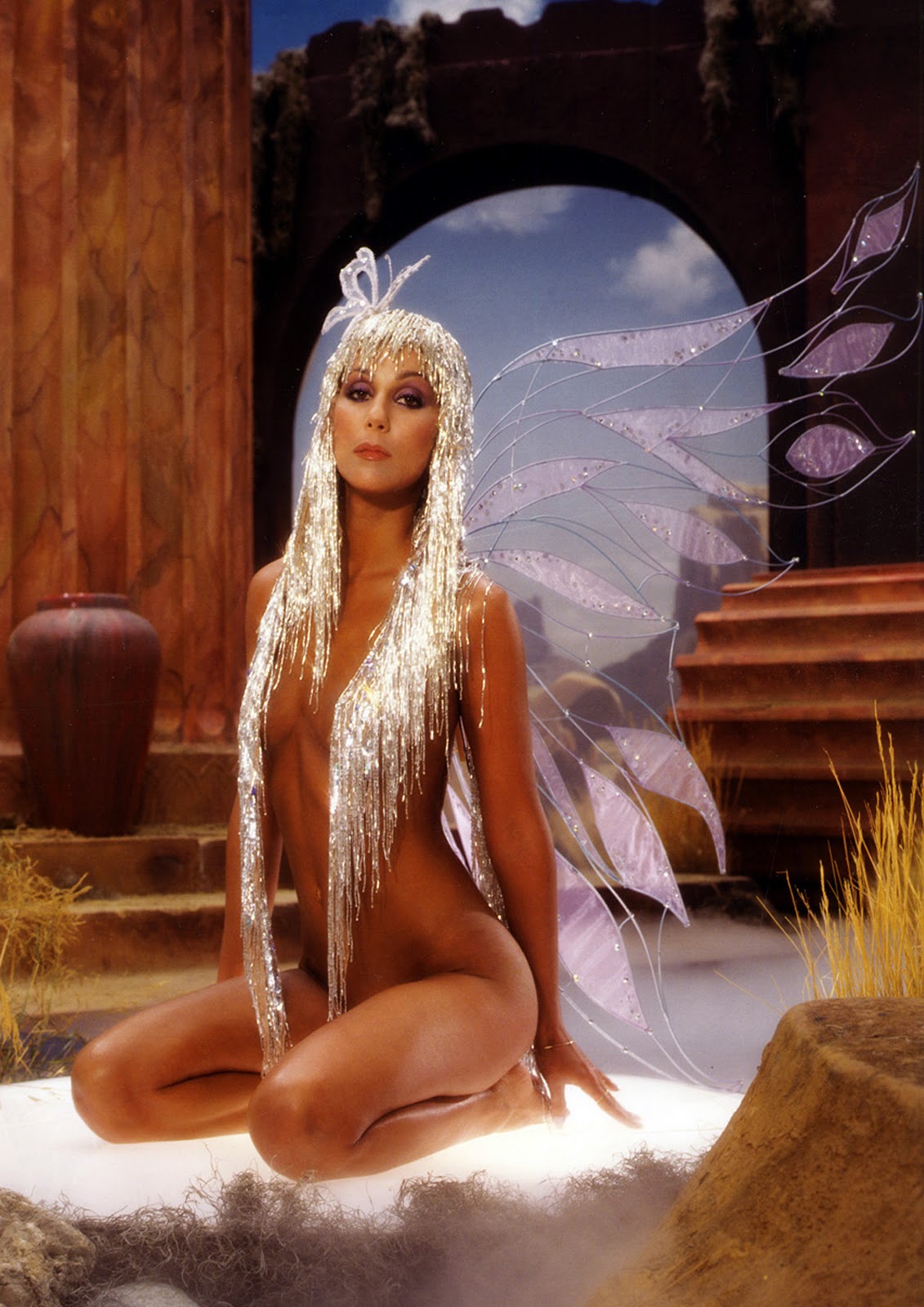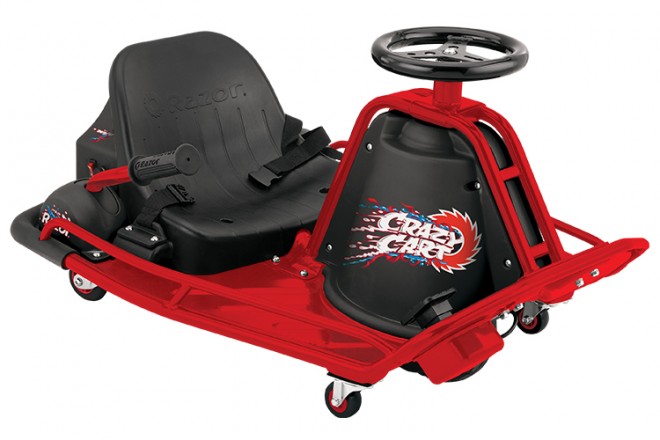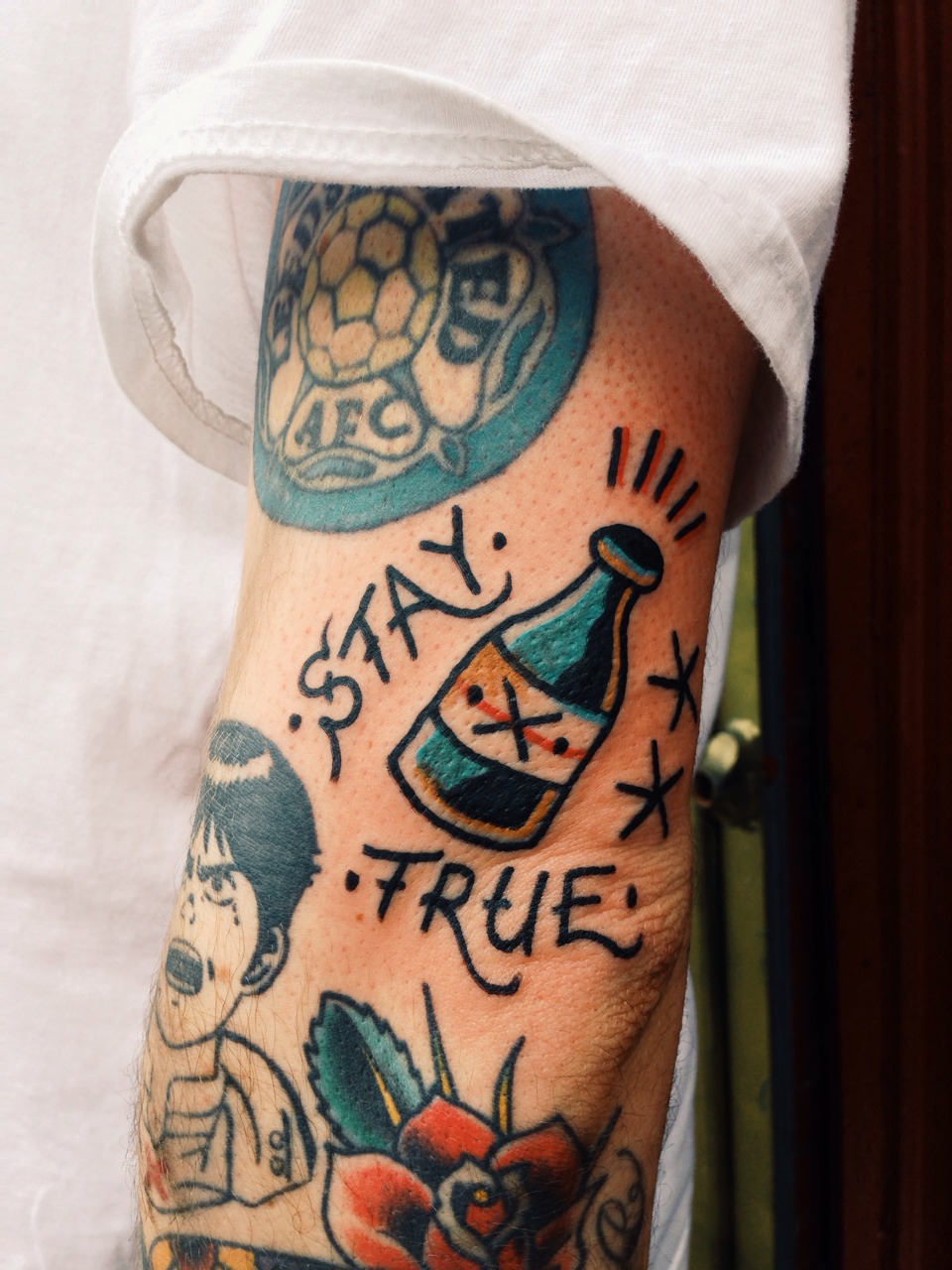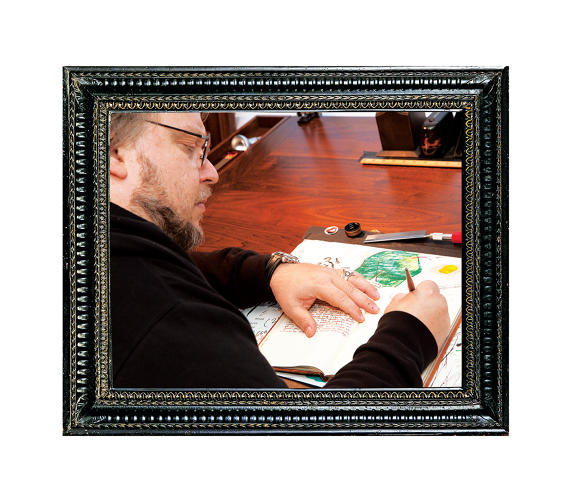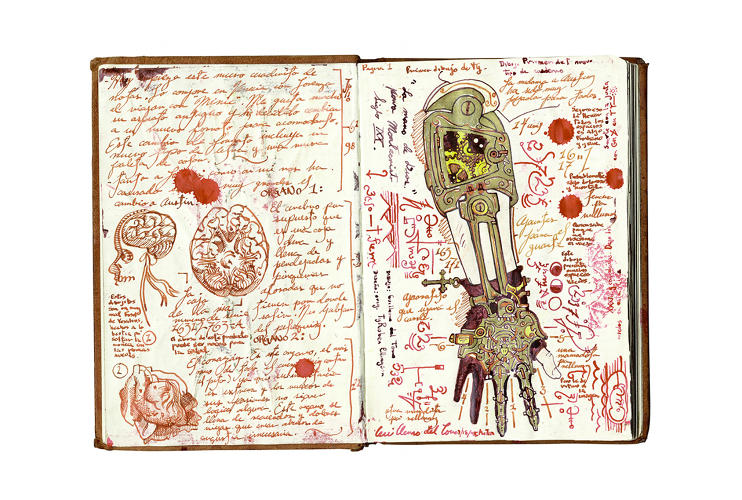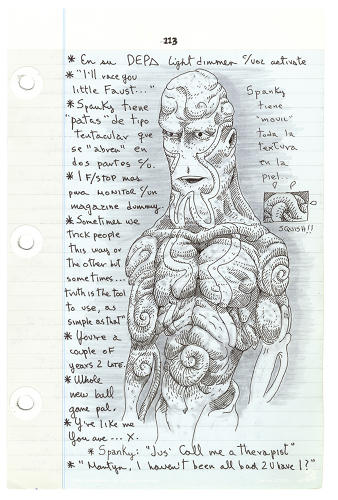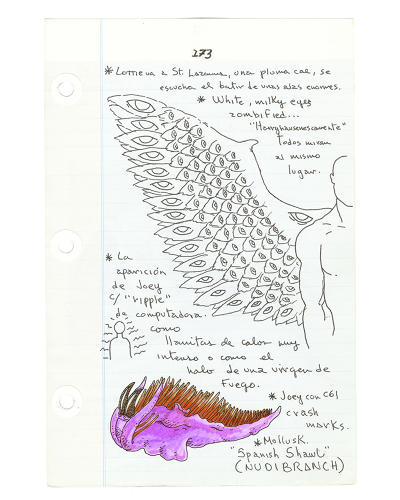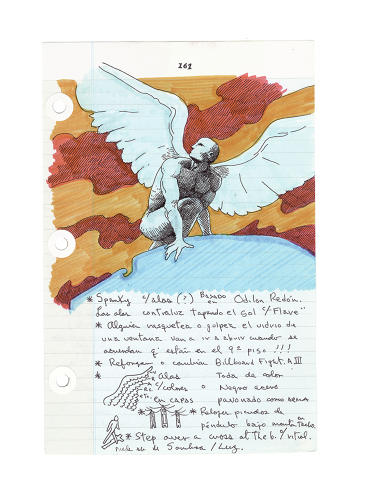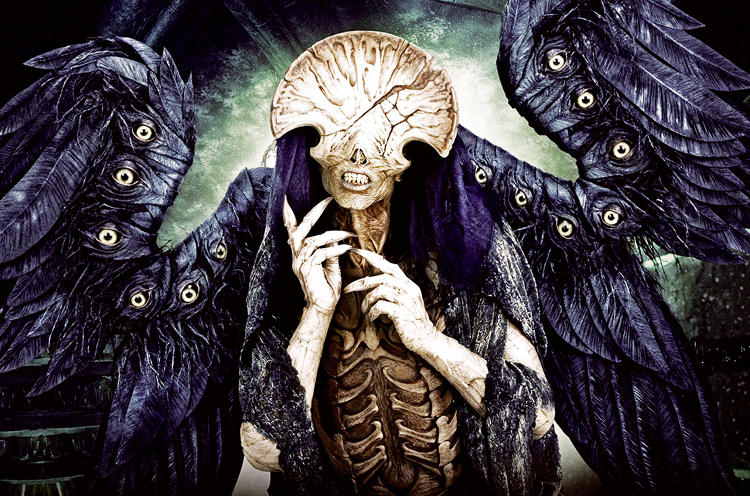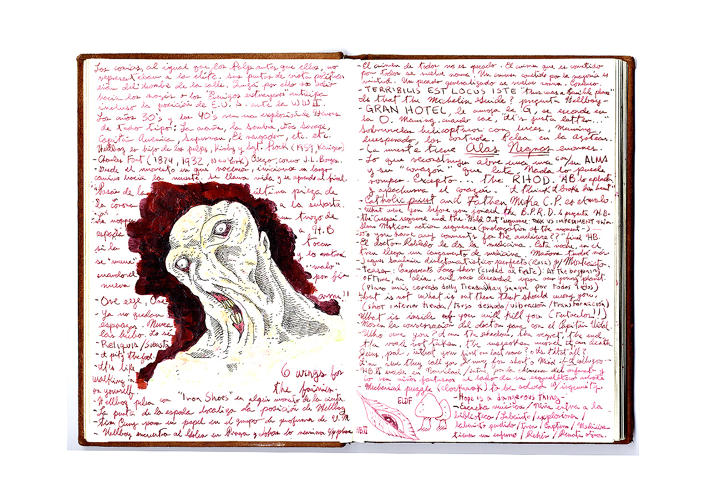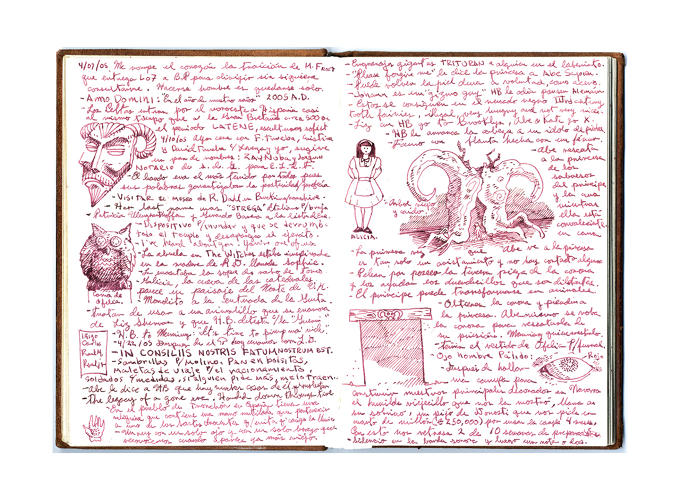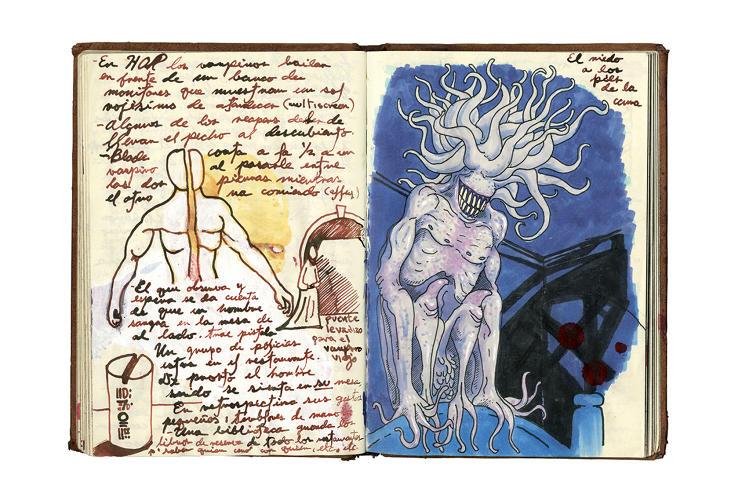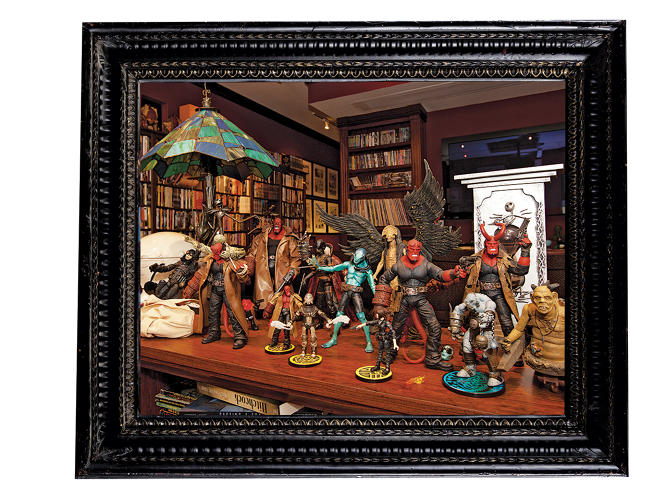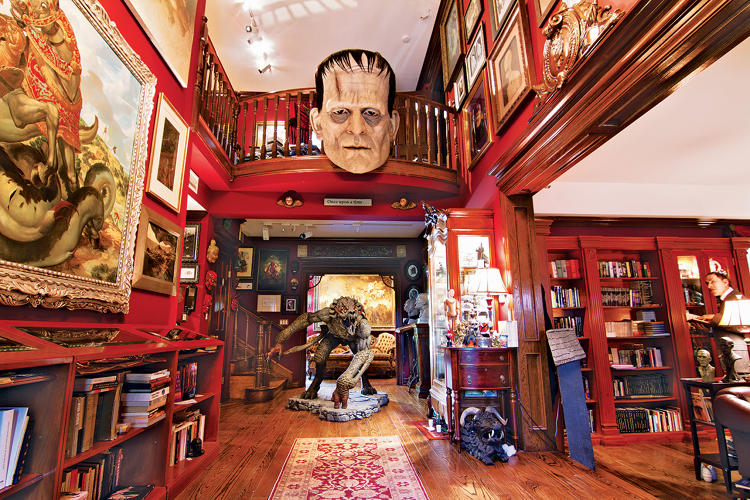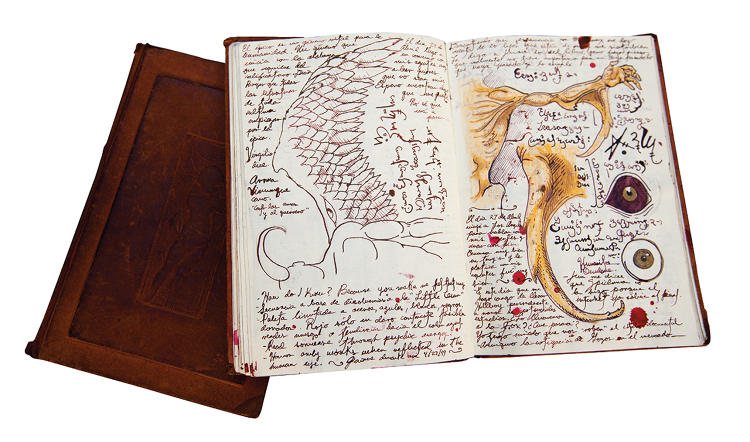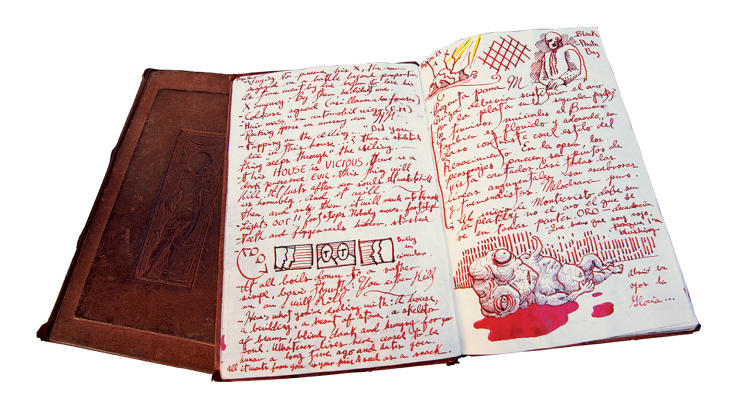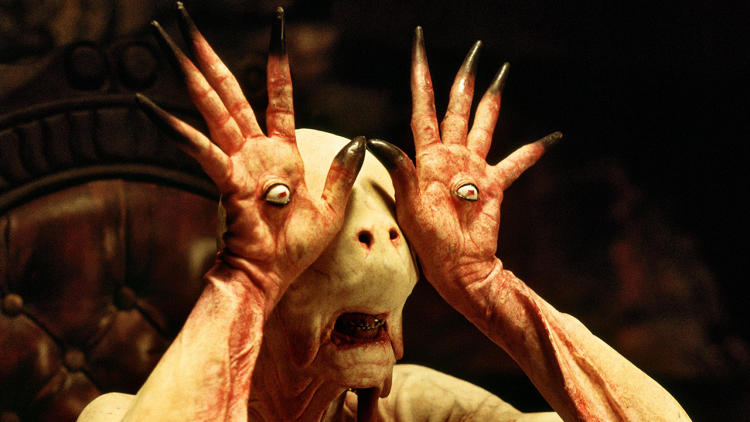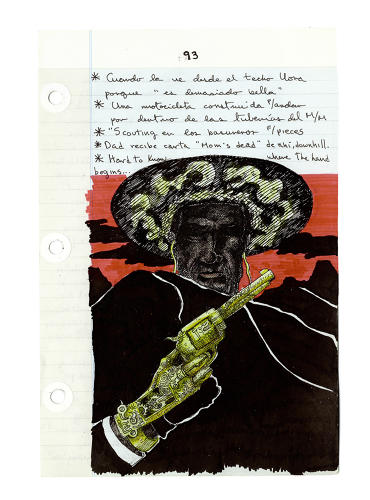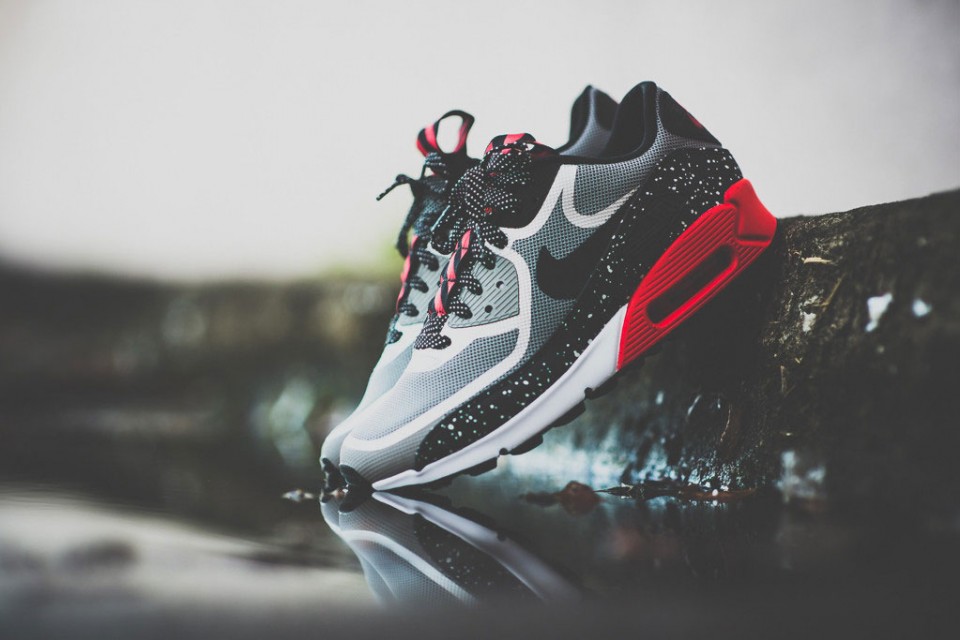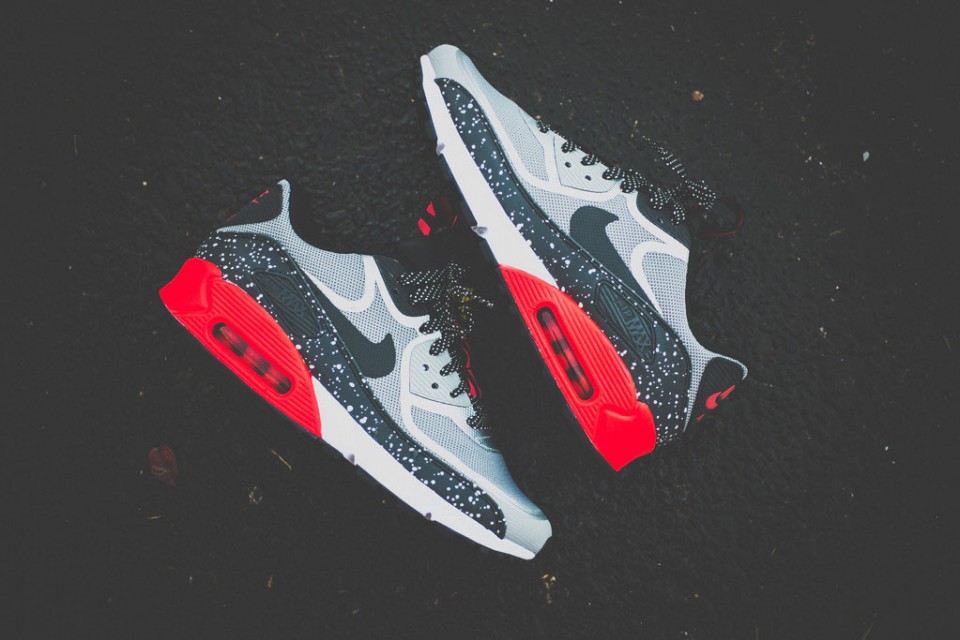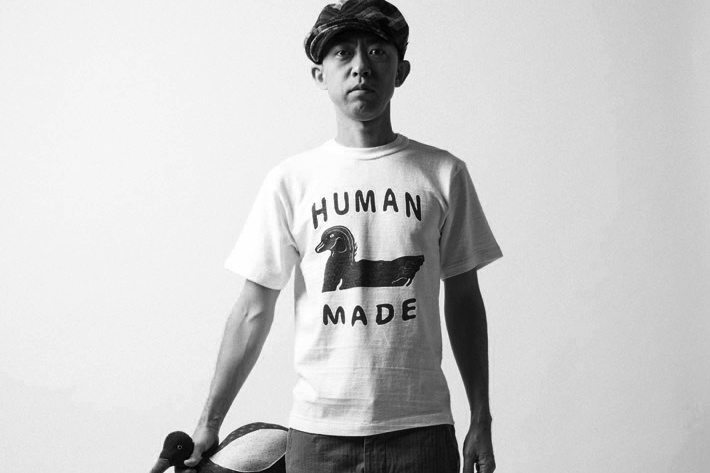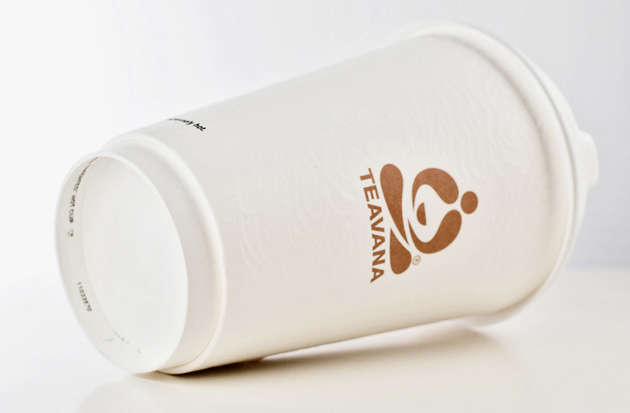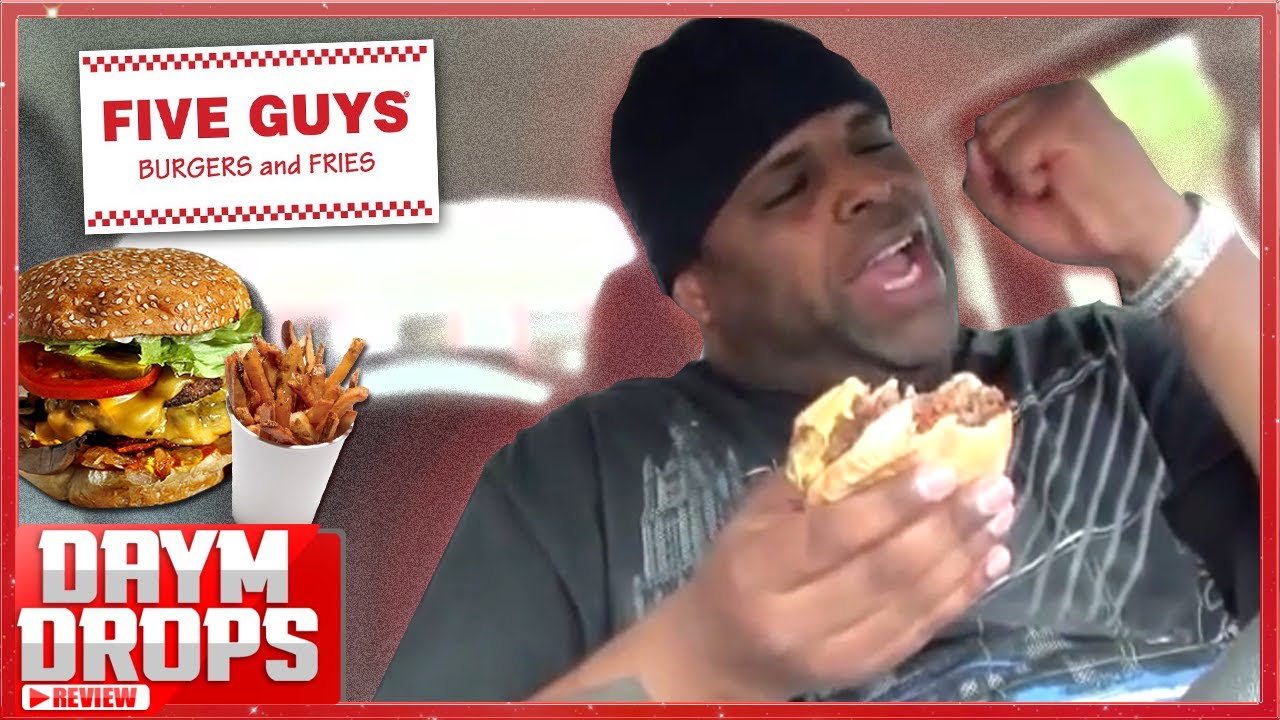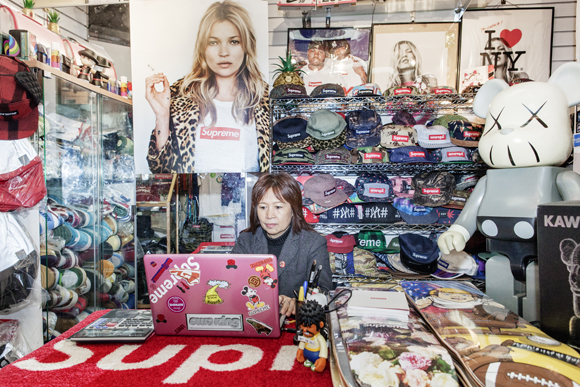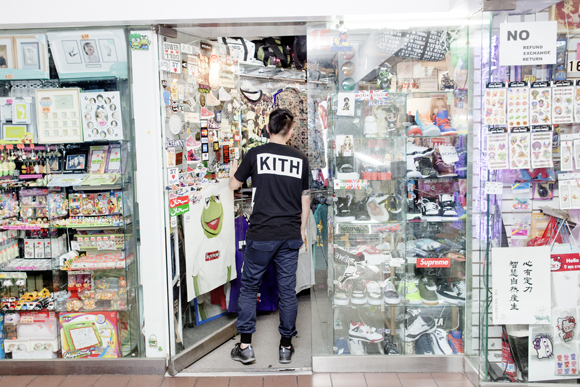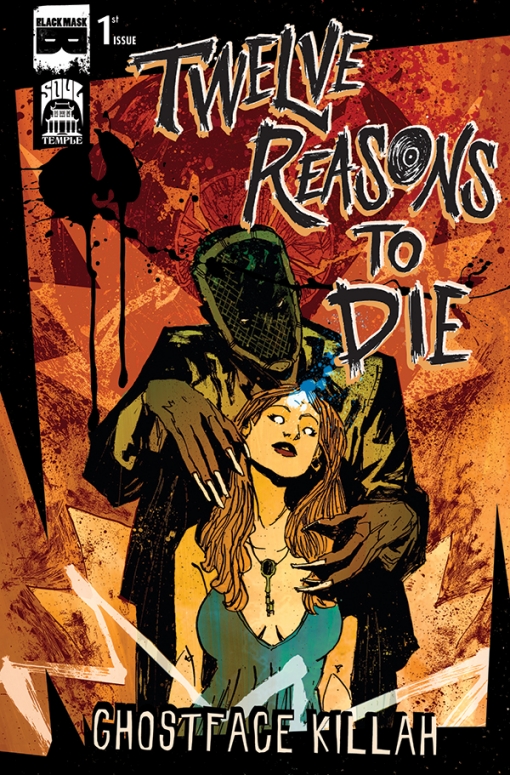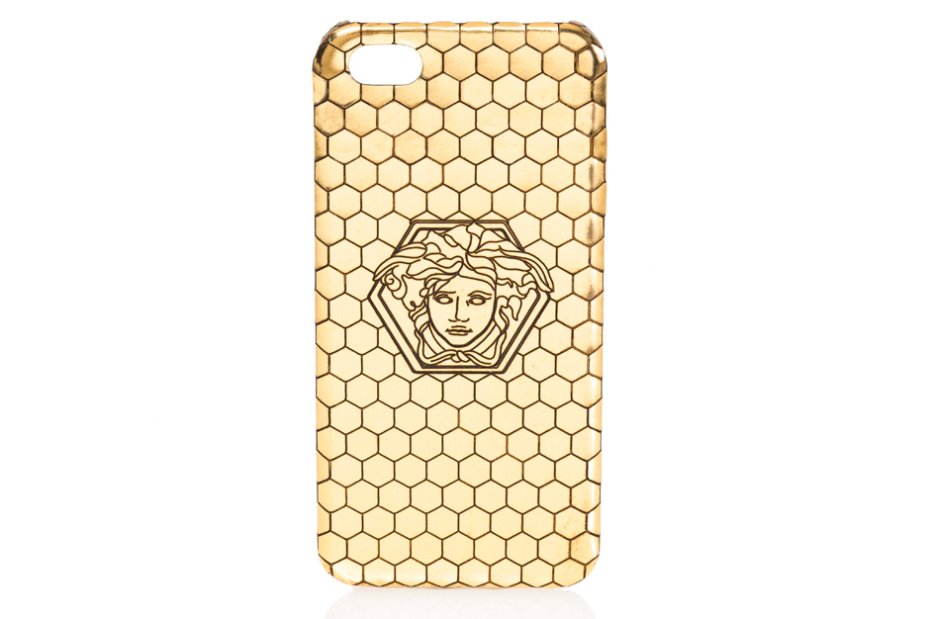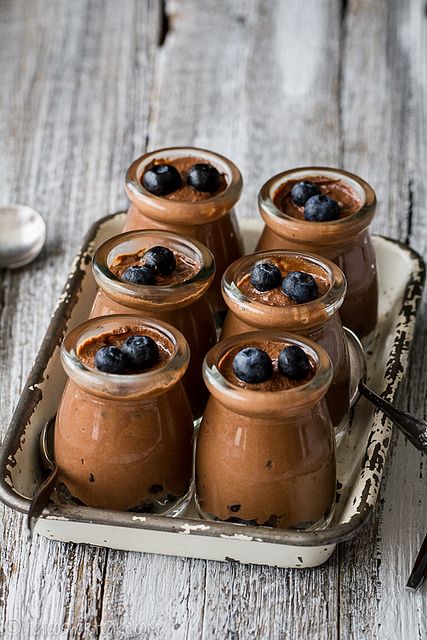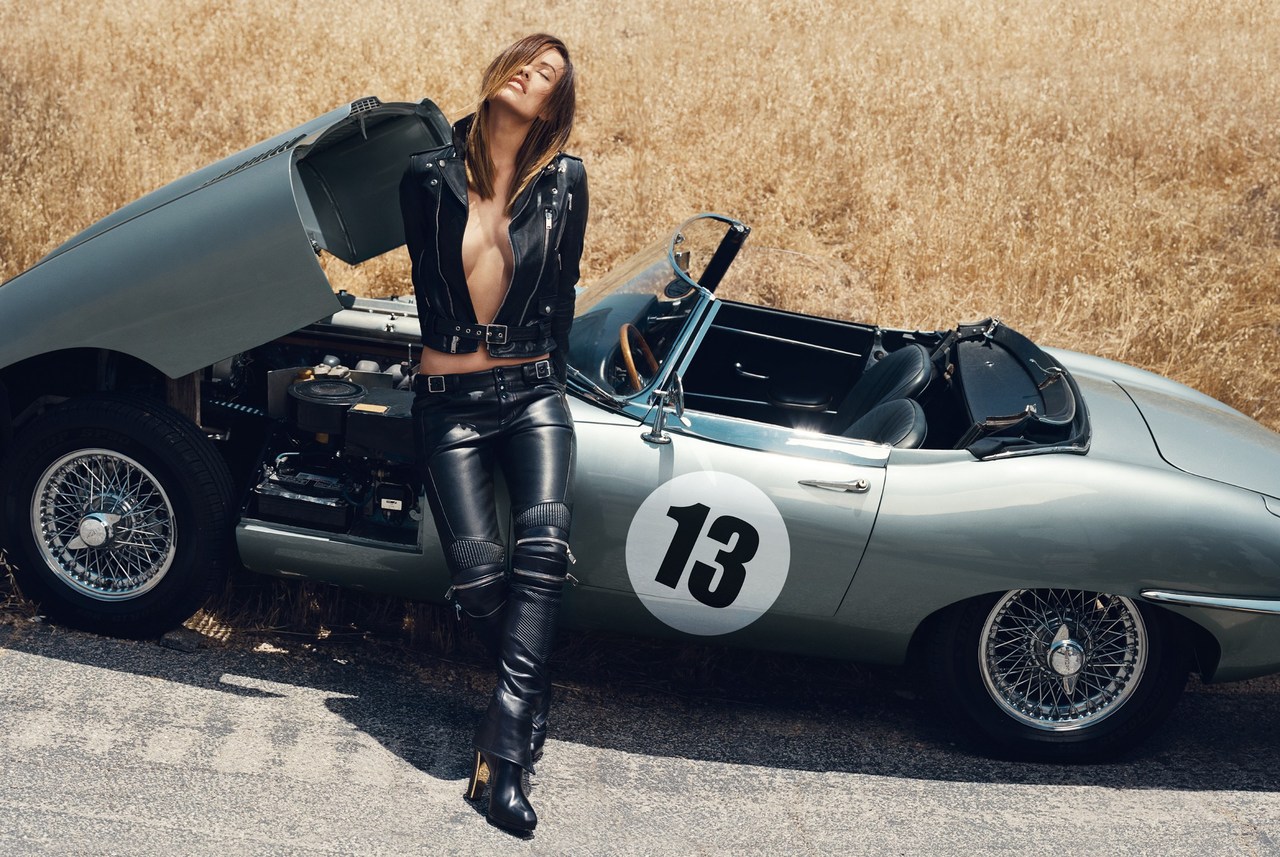Category Archives: PHOTOGRAPHY
Hand Painted Helmets from BMD Private Collection
Cool free hand typography and graphics by BMD Design. Any rider should be thrilled at the idea of having something this cool and unique.
Get Driftin’ With Razor’s Crazy Cart
You may remember Razor as the company behind all those silver scooters that popped up on your block a decade ago. Razor is still around and pumping out vehicular fun of all shapes and sizes, including a 55-pound drifting machine called the Crazy Cart that looks fantastically fun.
The Crazy Cart can reach speeds of up to 12 mph, and you can go for about 40 minutes on its two rechargeable 12V batteries. It features “variable speed foot pedal acceleration,” but has no brake — the better for drifting, yo. To that effect, it has 360-degree steering and a drift bar for managing spins, drifts, and cornering. It’s got two driving modes: “go-kart mode” for normal driving, and “crazy cart mode” for drifting.
Unfortunately, it’s designed more for older kids than adults, although if you weigh less than its 140-pound weight limit, you may be able to safely squeeze in. You can check out the video below for the sort of go kart-level The Fast and the Furious: Tokyo Drift action it delivers.
The Crazy Cart is $400 from Toys “R” Us.
Terry Urban: TRPL BLACK Summer Mixtape
Terry Urban teams up with Moscow clothing brand Ziq & Yoni to bring you the TRPL BLACK Summer Mixtape.
Track list:
Cestladore – Still High
Pimp C – Pourin Up
Skeugh – Grapes
Jeremih – All The Time (Funkystepz Bass Mix)
A$AP Rocky – Long Live A$AP
A$AP Ferg – Persian White
A$AP Mob feat. Flatbush Zombies – Bath Salt
Shadow Dancer – Parallax
Giorgio Moroder – Chase
Julio Bashmore – Au Seve
The xx – Angles (Bodhi Remix)
XXYYXX – About You
Steve Aoki & Angger Dimas Feat. Iggy Azalea – Beat Down
Diplo feat. Lazerdisk Party Sex – Set It Off (TWRK Remix)
Terry Urban – Summatime
Vinny Cha$e – Harlem Roses
Danny Brown – Grown Up
Black Marble – Pretender
Future Islands – Vireo’s Eye
Kid Cudi feat. King Chip & A$AP Rocky – Brothers
Flosstradamus – Rollup (Baauer Remix)
Bro Safari – Scumbag
Bone – Mo Murda
Miguel – Do You (Cashmere Cat Remix)
Kid Cudi feat. King Chip – Just What I Am
Guillermo Del Toro shares the creative insights from his bainet of curiosities sketch book
When Guillermo del Toro was four years old, his father won the lottery and moved the family to a better house in Guadalajara, Mexico. That’s the last time dumb luck seriously impacted the visionary horror maestro’s brilliant career.
Equipped as a child with a prodigious imagination and ferocious curiosity, del Toro tore through a book a day, crafted plastic internal organ facsimiles with his brother, taught himself to draw at age seven and sold color-penciled comic booklets to family members. In his teens, del Toro worked next door to a morgue, consumed comics by the tens of thousands and watched hundreds of monster flicks at the local cinema.
Del Toro honed his eye for the gory detail by designing makeup and effects for his Necropia company before directing his own Spanish language horror films including Cronos and the haunted orphange thriller The Devils Backbone.
When Hollywood came calling, del Toro populated two Hellboy movies with extraordinarily freakish villains. In 2006 he pulled from Greek mythology and fairy tale traditions to illuminate the Oscar-nominated Spanish Civil War fantasia Pan’s Labyrinth.
A dry spell followed. Peter Jackson hired del Toro to direct The Hobbit but decided ultimately to helm the franchise himself. Del Toro also spent a year developing Tom Cruise’s still un-made At The Mountains of Madnessproject.
Last summer del Toro returned to form with the visually bruising monster-versus-robot slamfest Pacific Rim. He’s now producing FX Networks’ vampire-themed TV movie The Strain and prepping Jessica Chastain’s 2014 horror movie Crimson Peak. Further down the road: a new Pinocchio.
All along the way, del Toro has been sketching monsters, devices, doodles, and random visuals in notebooks he describes as “idea incubators.” A selection of those drawings now go public in Guillermo del Toro’s Cabinet of Curiosities: My Notebooks, Collections, and Other Obsessions (out Oct. 29 from Harper Design).
Speaking from the Los Angeles suburbs, where he lives with wife and two daughters a few blocks from his memorabilia-filled “Bleak House,” del Toro talks to Co.Create about pilfering ideas from his younger self, the horror of biology, his love/hate relationship with the color red and the importance of drilling beneath pop culture surfaces to tap fearsome ancient traditions.
KNOW WHAT CAME BEFORE, PART 1
In order to have a voice you have to reach inside you and be completely yourself; but, to paraphrase Stephen King, all the songs have been sung. It helps if you’re aware of all the singers that came before you so you can be rooted in tradition and then push it to a new place. That’s the only thing we can offer: a new voice in a really, really old tale.
When you trace back fantastic imagery, you’re going to stumble upon Marcel Schwob and Odilon Redon; you’re going to stumble upon Dadaism, surrealism, symbolism, then you go all the way back to Mesopotamian sculpture and Egyptian murals. That’s the great thing about the fantastical narrative–it’s been with us since the origins of our culture and that gives you a spring board for not just trying to do what is being done right now.
GET THE GORE RIGHT
When I was eight years old I read The Family Health Medicine Encyclopediaand instantly introspected every disease. I thought ‘Oh my God I’m dying!’ I was the world’s youngest hypochondriac because I was absolutely sure I was dying of trichinosis, of cardiac arrhythmia.
We’re shooting The Strain now and I talked to the actress about the stinger of the vampire injecting hair-thin worms into their hosts. I’m telling her they’re like Dirofilaria immitis, which is the heart worm that lives in the hearts of dogs, and she was completely disgusted, but for me it’s completely natural to talk about parasites by their scientific name and know that they have very simple, collagen bodies and atrophied digestive systems. All of that starts with biological curiosity.
UNDERSTAND THAT BIOLOGY IS HORROR
The most intimate betrayal of every human being starts in her body or his body. From the moment we’re born, we already have a cancer gestating or an atrophied muscle or a malformed vein or aorta. We are almost like spirits or minds that are being hosted in a bag of meat that is treacherous.
Biology as horror is an anxiety that comes with modernity. I don’t think Egyptians felt anxiety about that. Their cosmology had to do with the skies and dawn and death, but our cosmology right now is colon cancer, lung cancer–these are the demons we really fear. Viruses. Anthrax. This is the language we speak now and therefore biology is at the same time fascinating and incredibly horrifying.
KNOW WHAT CAME BEFORE, PART 2
The more you dig beyond the pop culture roots of horror, the more you find things that make you think differently from everybody who’s doing horror in a contemporary fashion.
When you go back to horror of the 1970s and the 1980s, you track that back to the pulp magazines, then you trace those back to Victorian horror, then you go back to the origins of Gothic romance and keep going back to the tales that become folklore. You go through Victor Hugo and The Man Who Laughs and Charles Dickens with his many ghost stories, you go through Henry James and Shirley Jackson and Oscar Wilde. You go through a lot of writers that people who are only obsessed with the pop culture representation of the genre don’t normally take into account.
SCHOOL YOURSELF IN LIFE
Film school is incredibly valuable because you’re surrounded by an atmosphere that’s conducive to making films, but the danger is to think that you’re going to have something to say just by experiencing film. I know only one filmmaker who truly seems to live in a world of movies and that’s Quentin (Tarantino). He can talk about Alan Ladd or Robert Mitchum as fluently as if he were talking about a cousin or an uncle. But Quentin’s an exception.
Scorsese, a huge student of film, grew up very fragile in a really tough neighborhood so he was definitely vetted by a lot of life influences.
I identify with my very particular upbringing as a lapsed Catholic and the relationship I had with violence and death growing up in Mexico. When people ask me, “Why are you drawn to unborn things or things in a jar?” well, it comes from my childhood when I was exposed to biological parts in jars in school or when I worked as a teenager next door to a morgue. These are strange experiences but they shape who you are. They are connected not to a pop reference archive but to a live archive and cultural archive that goes deep.
All I’m saying is, there’s no substitute for being sculpted by life. You need to feel the pain, or the absence, or the presence of something evil or whatever it is, and then you need to articulate that through film or novels or painting or whatever craft is available to you.
THINK VISUALLY
I find things in my notebook–things that I have a hard time explaining without an elaborate drawing. For Pan’s Labyrinth, I copied a sculpture that make up effects company DDT had done of the Pale Man. He had eyes and a nose and a mouth. I copied that in my notebook and then I erased the face and sent it back to them. There was no way I could have verbalized why it was going to work unless I sketched it but I knew it was going to work.
I was really afraid of manta rays when I was growing up as a kid and when you flop a manta ray on its back, it has the little little mouth and the two little nostril-like openings. They were so creepy.
KNOW WHAT CAME BEFORE, PART 3
If you’re trying to make a monster by imitating, say, Ray Harryhausen, then you immerse yourself in Harryhausen and find out he was inspired by the French engraver Gustav Doré. Then you find out Doré was inspired by neo-classical sculptures and engravers so you go there and little by little you wind up looking at rough 14th-century illustrations. You see an olive-skinned devil with a face on its ass and you realize, ‘Oh my God this works because it’s simple.’ You have to always try to express the creature in its purest form.
SIMPLIFY THE SCARE
Look at a lion. It’s very elegant; but when the lion gets angry, it’s scary as fuck. Look at a shark. It’s basically a mouth with a tail to support it, and that’s very scary.
When young kids compete to design make up effects or a new monster, the salient defect I find is that it has horns and wings and hairs and teeth and evil eyes and a lot of scales and pus and sores. It becomes impossible to admire or love or be in awe of because so much has accumulated. You need to be selective. You need to decide what the design represents, even if the form is somewhat baroque, and ask yourself “How can you do it economically?” You have to figure out how to best communicate the idea in its simplest form.
MESSY IS OKAY
(Hell Boy comic creator) Mike Mignola told me that Frank Frazetta used to paint with the gnarliest, ugliest looking brushes he’d ever seen. When Mike goes to a studio and sees all the Prismacolor (colored pencils) that are pristine and all the beautiful brushes that are clean, he says that’s the sign of someone who doesn’t work enough. That’s the sign of someone who wants to look like a painter more than be a painter. It’s incredible how much the craft of the designer winds up being not in the tools but in the soul.
STEAL FROM YOUR YOUNGER SELF
What’s great about a sketch book is, you put drawings in it and then they’re there. You carry them with you and consult them and thieve from yourself. There’s something about that guy at 28 or 35: he’s smarter or fresher than you are at 40 but he’s somebody who understands you perfectly, because it’s you.
In a sketch book you can distill your compulsions, because I believe every artist is just the sum of his or her compulsions. Keeping a catalog of those obsessions through the years, you steal from someone who is almost electrically alive with those same compulsions at age 21. That makes the dialogue very fluid. I revisit the books before every project.
I showed somebody this illustration of a heart with a parasitic thing growing around it that I did in 1992 and it’s almost exactly the sculpture of a vampiric heart we used on The Strain last week. I laughed because here we are 21 years later and now it’s a piece of make up effects.
COLOR WITH CARE
In a film you can art direct anything to be an expressive part of the storytelling so it’s incredibly important to codify color. The rule I start with is that red should be used very very pointedly. You need to be careful about what it means. In Pacific Rim, red was life, represented by the little shoe of the girl Mako Mori–Rinko Kikuchi–in Tokyo. Mako doesn’t recuperate the red color until the end of the movie when she and Charlie Hunnam end up bathed in red. These are little things you can codify in a painterly way in movies. Nobody needs to notice, but you know.
MAKE A TRANSCENDENT MOMENT
Some of the most memorable fantasy film images come not from greatest screenplays or stories but from quickie B movies where the image was coded so strongly that it stood above and beyond the content.
The Gill Man in Creature from the Black Lagoon is, you could argue, sort of a mixture of Beauty and the Beast and King Kong with a touch of this and that, but the creature swimming underneath Miss Adams in her white suit is one of the sexiest and most beautiful moments in film history. It rises above and beyond anything else in the movie. It’s a purely cinematic moment of communication.
EMBRACE FAILURE
I think it’s essential to fuck up. I think of failure as latent success. Any experience in life is neutral. You can tint it as a piece of learning or you tint it as a piece of misinformation.
I thank God for the two years I spent in New Zealand working on The Hobbit, scouting, designing, breaking bread with the geniuses at WETA, having afternoons of elucidating stories with Peter (Jackson), Phillipa (Boyens) and Fran (Walsh). I can not measure it only by: ‘Did I direct the movie or did I not direct the movie?’ I grew up as a filmmaker.
Now, is it a heartache? Oh yeah. It’s huge. It’s painful. But you learn from it. If all you think about is success rather than fulfillment, that’s a dangerous coin you’re dealing with. That kind of success has a horrible exchange rate of currency. Horrible. It’s never going to be enough to pay the debts you have in your soul as an artist.
FIND YOURSELF IN THE STORY
We tell stories because we have a hollow place in our heart. You don’t fill that with success.You fill it by finding yourself in the stories you tell. They can be viewed by 10 people, or they can be viewed by 10 million people.
When we showed Cronos to the head of the Mexican film Institute, he said this movie’s going to go nowhere blah blah blah. I memorialized that day in my notebook because I said “I have to out live this day.”
Everybody reads the reviews; it’s inevitable. But how you end up filing that in your heart is very important. Don’t file it under “I must stop.” File it under “Fuck it, I’m going to prevail.”
Take a look inside del Toro’s sketch book in the gallery above.
Nike Air Max 90 CMFT PRM Tape Black/Metallic Silver
NIGO Appointed Creative Director of Uniqlo UT
Even after having left his beloved BAPE brand a few months ago, NIGO doesn’t seem to have trouble staying busy. Today, news has arrived that the Tokyo-based creative will be the new creative director of Uniqlo’s UT brand. Starting with the Spring/Summer 2014 season, NIGO will be overlooking the women’s, men’s and kid’s lines of the Uniqlo UT brand.
Starbucks Reinvents the Coffee Cup with New Design
Starbucks has reinvented the traditional takeaway coffee cup with a new design specifically for its newly opened Teavana tea bar in New York City. Designed to evoke the feeling of drinking from porcelain china, the new cup features a curvier ergonomic design made with tea in mind. Embossing on the cup feels feathery and foamy and meant to reflect the zen feeling of drinking tea. Double-walled insulation negates the use of cardboard sleeves, while a larger spout opening allows for more liquid to be sipped as tea has a more subtle flavor than coffee. The new design looks to be a practical and aesthetically pleasing choice, sparking the question of whether the coffee giant will undergo a redesign for its main Starbucks cups.
Daym Drops: Fast Food Reviews
Daymon Patterson is the affable personality behind Daym Drops, a YouTube channel dedicated to the most delicious and delectable. From the front seat of his four-door sedan, Patterson spits common man wisdom on some of the most popular foods on the market.
Check out heaps more of his reviews here.
Flipping Supreme: How a Chinatown Reseller Makes Millions Off Supreme
Inside a run-down mall off of Elizabeth Street in Chinatown, down an escalator to the basement and past a raft of empty storefronts, is a minuscule store, the size of a walk-in closet, that’s quietly at the center of a peculiar global fashion empire. It has no sign and it’s not on the mall directory. It’s impossible to find on Google.
The enterprise, which its owner refers to as Unique Hype Collection, is in the business of buying clothing from the skate-inspired men’s fashion brand Supreme at retail prices, waiting until the items have sold out at Supreme’s physical stores and online shop, and then putting those items up for sale in the mall and on eBay at significant markups. Much of its merchandise goes to Japan, where Supreme goods can cost twice what they do here at retail. On a recent Friday afternoon, a cap that had gone on sale on Thursday at Supreme for forty-eight dollars was on the shelf at Unique Hype Collection for eighty-five dollars, where teen-agers were eyeing it jealously. The store even uses authentic Supreme shopping bags, recycled from purchases made at Supreme.
“I’ve brought in seven figures a year for the last two years,” said Peter, the owner of the store, a thirty-year-old who refused to give his last name or be photographed. “I can’t show my face—I’m under a lot of eyes,” he said, sitting on a stool inside Unique Hype Collection last week. (Peter was actually under only four eyes: two posters of Lady Gaga looking at the camera while modelling a Supreme T-shirt hung on the ceiling above him.) “I do everything myself. With the eBay store, I even pack it and ship it myself,” he said, before pausing and thinking about this for a second. “Actually, I don’t drive myself. I have a driver.”
Peter, who was born in Guangzhou, refers to himself as a “major flipper,” a businessman who will buy and resell, well, anything: “clothing, real estate, food, anything. Like, the day after Obama was elected, I got copies of the Daily News for fifty cents each. I bought every copy. Now they’re twenty dollars!” He adds, “I used to do green-tea Kit Kats. You could sell the bags for sixteen dollars each. There were only two stores in New York that had them, so I called the stores and told them I wanted to buy everything they had whenever they got the Kit Kats in.”
Peter, who has been buying and wearing Supreme clothing since the nineteen-nineties, communicates with other “major flippers” online, discussing potential markets and keeping tabs on the companies whose wares they sell. One major flipper, username “croatianstyle,” a friend of Peter’s (“I party with him when I go to Cali”), recently got a call from Nike after he bought a hundred pairs of Air Yeezy sneakers, the ones designed by Kanye West that can sell for upwards of five thousand dollars a pair on eBay. Peter was more careful: “I only got thirty-five pairs. He attracted too much heat. Too much attention.” Because Peter and other resellers deal in goods whose demand generally wildly exceeds their supply, they don’t compete with each other on price. “If they want to undercut me on price, go ahead. I’ll wait until they sell out and then sell them for even more!”
Supreme clothing is Peter’s signature stock in trade, although he resells a handful of pieces by similar menswear brands if their prices are right. (He also owns a collectible-card store.) The real Supreme has been based out of a store on Lafayette Street in SoHo since it was established in 1994 (and now operates stores in London, Los Angeles, and six in Japan). It was founded by the then-thirty-year-old British émigré James Jebbia, who also had a hand in starting up the downtown skate meccas Union and Stüssy. He is now known among fans of Supreme for his reclusiveness and gruff demeanor, especially with the press, because of his dissatisfaction with Supreme being pigeonholed as skateboarding clothing, and therefore crappy.
Now Kanye West, Drake, Lil Wayne, and Justin Bieber wear its gear. Jeff Koons, Takashi Murakami, Damien Hirst, and Richard Prince have designed some of its skateboard decks.Hypebeast, a popular men’s fashion Web site, operates a message board on which a posting about Supreme’s current season has generated more than five million views and nearly eighty thousand replies. Some users post their salaries and discuss how much Supreme clothing they can buy after they pay their taxes. When the brand releases a new season of clothing, Supreme fans set up a sidewalk tent city outside the Lafayette Street store, sleeping on the street for as long as six days for the chance to get the first crack at the merchandise.
Some of the people standing in the Supreme line are secretly Peter’s employees, mostly teen-agers whom he recruits for the line-standing job while they mill around in his collectible-card store. “Everybody has a price,” he notes. “Sometimes it’s only fifty dollars.” The usual rate is a hundred dollars per day of waiting in line. There’s no bonus for inclement weather. He hires between ten and thirty people to stand in line each time Supreme releases clothing, which is generally every Thursday. How do the kids know what to buy? “They know what to buy cuz they been working for me for quite some time lol,” Peter explains via text message.
Supreme has reached its level of popularity through business practices that most brands would find unconscionable. The brand, as a whole, does not seem eager to please. The in-store staff is mostly aloof, surly. (In the nineteen-nineties, staff members were known for walking up behind customers and menacingly telling them that they could not touch the clothing until they bought it.) Staff members keep a handful of sold-out items in the back for when their friends come in. The store’s speakers play rap and heavy metal at nearly wall-shaking volume in the middle of the afternoon. Perhaps most important, the brand makes a lot of clothing that its employees know they will not sell—they sometimes express surprise that customers are buying certain items.
This season, Supreme is selling a zip-up hoodie with a quotation, attributed to the skateboarder Mark Gonzales, that reads, in bright letters across the back, “I’ve never wanted to piss on someones face more than I want to piss on yours.” Many of Supreme’s items sell out online within seconds of going on sale, but the “Piss Face Zip-Up” has not sold out in any color after weeks on the Web site. “I didn’t stock any,” Peter explained. (Perhaps Peter miscalculated—mysteriously, the Piss Face Zip-Up, which costs a hundred and thirty-eight dollars, is sold out in blue in Japan, where it costs two hundred and fifty-eight dollars and thirty cents.)
In the event that an item does sell, according to Peter, Supreme has a plan: “Every other brand besides Supreme sees a design that sells out, and so they make it over and over. But if Supreme knows an item is selling, they’ll stop making it, never make it again, and try something else.” This is why, as Peter explains, “Supreme is the only brand whose clothing becomes more expensive as time passes. Every other brand, except Polo maybe, if you don’t sell it this season, it’s not going to move.”
Inside Unique Hype Collection on a recent Thursday, three teen-age shoppers jostled for space, literally bumping into each other. There was nowhere to stand. Two more, who couldn’t fit, waited their turns outside. Peter wore a Supreme football jersey. On a stool behind the counter sat Lam Xie, Peter’s mother, who gives her age as “fifty-two or fifty-three.” She runs the day-to-day operations and speaks with an encyclopedic knowledge of Supreme clothing and Nike skateboarding sneakers. Her expertise is unexpected in the context of her otherwise limited command of English. She is proud to note that people who work at Supreme are aware of Unique Hype Collection—the brand’s employees have been there.
Ms. Xie grew up in China and got a business degree before moving to the United States and working as a babysitter, which is what she was doing when Peter asked her to run the store. Although many of her customers know her by name and greet her like an aunt, she occasionally embodies the same brusque attitude toward customers that Supreme itself does: “People say it is expensive? You don’t buy! You say, ‘Is it real or fake Supreme?’ If you don’t know, you don’t buy! Get out, don’t buy.”
Photographs by Lauren Lancaster.
Mean rides.
Ferrari F40 (1987 – 1992)
The Ferrari F40 is a mid-engine, rear-wheel drive, two-door coupé sports car built from 1987 to 1992. The successor to the Ferrari 288 GTO, it was designed to celebrate Ferrari’s 40th anniversary and was the last Ferrari automobile personally approved by Enzo Ferrari. At the time it was the fastest, most powerful, and most expensive car that Ferrari sold to the public.
The car debuted with a factory suggested retail price of approximately US$400,000 in 1987 ($820,000 today), although some buyers were reported to have paid as much as US$1.6 million. 1,315 F40s were manufactured in total.
Ghostface Killah’s Gritty RZA-Produced Comic Book: Twelve Reasons to Die
Spin –
Ghostface Killah’s Twelve Reasons to Die isn’t just a promising new album powered by the searing soul production of Adrian Younge. It’s also a comic book about “one vengeful soul hunting the 12 most powerful crime lords in the world,” and the list of guest artists is fiercely impressive: Jim Mahfood (Tank Girl), Paolo Rivera (Daredevil), Ramon Perez (Wolverine & The X-Men), Riley Rossmo (Bedlam), Tim Seeley (Hack/Slash), and Kyle Strahm (Haunt), among others, plus 30 Days of Night‘s Christopher Mitten on the cover of Issue 1.
That debut entry in the six-part series hits stands May 29 courtesy of Black Mask Studios, a new publisher co-founded by Epitaph boss and Bad Religion O.G. Brett Gurewitz. The RZA is credited as the book’s producer, and his own Soul Temple Records will release the album on April 16. We’ve heard the excellent tracks “The Rise of the Ghostface Killah” and “The Sure Shot (Parts 1 and 2).” Now we have an opportunity to preview the comic via the trailer above, which promises, “Guns, sex, vinyl [and] revenge,” against a backdrop of grit.
Versace x Haas Brothers Gold iPhone Case
Joining forces with famed furniture designers the Haas Brothers, Versace has released a series of limited edition series of home and personal accessories. Featured in the collection is the Gold iPhone Case, decorated with the collection’s signature honeycomb pattern and finished with Versace’s iconic Medusa head logo. The Versace x Haas Brothers collection is set to be available in Versace boutiques in SoHo, Paris, Shanghai, Beijing and online.


